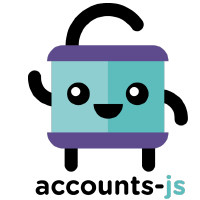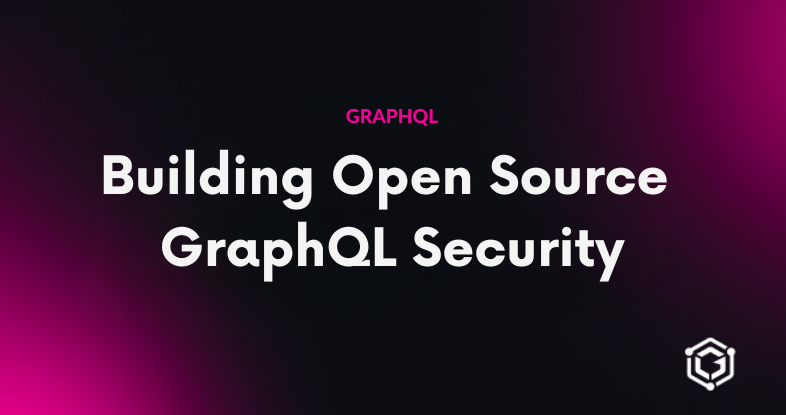A New Year for GraphQL Schema Stitching

If you’d told me eight months ago that I’d end up writing a book on Schema Stitching, I wouldn’t have believed it.
That’s because eight months ago my team was trying to mature an old GraphQL prototype into a formal API product, and our dependence on Schema Stitching v4 (a famously abandoned project of Apollo) imposed numerous bugs, limitations, and performance bottlenecks on our work. I researched transitioning to the newer Apollo Federation as a solution to these woes, but the involved migration path proved too daunting for our immediate time constraints.
Not “The Old” Schema Stitching
Something remarkable happened at this critical juncture for my team…
GraphQL Tools (the repo of Schema Stitching libraries) was brought back to life by The Guild and friends. The most pivotal new addition was a small mention of “type merging”, a feature that introduced automated query planning for types distributed across services (very similar to Apollo Federation). The new v5 library was still pretty raw, but it started a feedback loop that matured the library dramatically in v6, and then again in v7 (and will again in v8!).
During these development cycles, numerous missing Stitching features were identified and added: batch execution for consolidating sub-service requests, computed fields for encapsulating service concerns, interface proxies for bridging interfaces across services, and schema directives for configuring stitched schemas via SDL annotations. Also, the library documentation was rewritten from top-to-bottom for a new generation of users.
Coming into 2021, Schema Stitching has been revitalized into an un-opinionated library capable of building an opinionated framework like Apollo Federation. If you want out-of-the-box workflows, Federation is the tool for you. Otherwise, Stitching is the comparable alternative that keeps you in control of your full system architecture.
The Handbook
The tricky thing about the self-service nature of Schema Stitching is that its usage extends beyond just the scope of library documentation. To bridge this knowledge gap, the Schema Stitching Handbook was started as a companion guide that walks through building stitching libraries into practical applications. The content is split into a few major sections:
- Foundation chapters cover the setup and use of core stitching library features. These chapters provide code examples and detailed explanations of subjects covered in the official documentation.
- Architecture chapters explore larger structural concerns around testing, versioning, and releasing stitched schemas. Stitching has no CLI or managed services, but you may find that these tools are not prohibitively difficult to self-service.
- Other Integration chapters explore how other tools and programming languages fit into a stitched schema. Stitching is perfectly compatible with any valid GraphQL resource, and we’re excited to catalog that here.
The Handbook is versioned as a living repo to provide a comprehensive guide that may evolve with the library. We look to you, fellow developers, to contribute your own discoveries of how Schema Stitching integrates with tools and languages that we haven’t explored yet.
A New Year
Whether you’re planning a new API project, looking to migrate an existing one, or curious of alternatives for your current distributed GraphQL architecture, 2021 is the year to give Schema Stitching a fresh look. Read the new documentation, review the handbook, watch the video series, or join us for a conversation to learn about the exciting progress that was made last year.
Join our newsletter
Want to hear from us when there's something new? Sign up and stay up to date!
By subscribing, you agree with Beehiiv’s Terms of Service and Privacy Policy.
Recent issues of our newsletterSimilar articles

Announcing Accounts.js 1.0 Release Candidate
Introducing Accounts.js 1.0 Release Candidate, an end to end authentication and accounts management solution.

Building Open Source GraphQL Security
Learn how open-source boosts GraphQL security and explore defensive and offensive tools, resources, and best practices to protect your GraphQL APIs.

Open Source composition and validation library for Apollo Federation
Introducing MIT licensed drop-in replacement for the Apollo Federation composition library.

GraphQLConf 2023 Recap
Explore the highlights of GraphQLConf 2023. Learn about the latest trends in GraphQL, from gateway solutions to composite schemas and innovative projects.